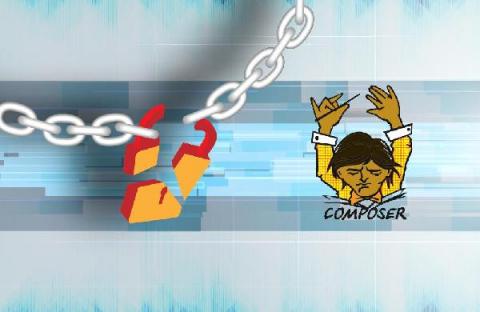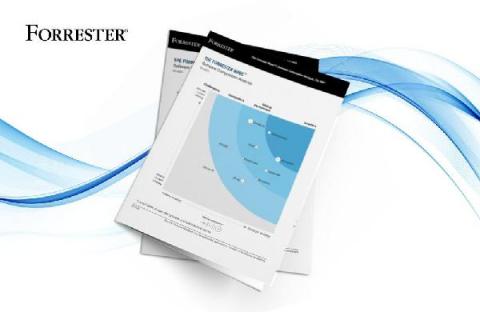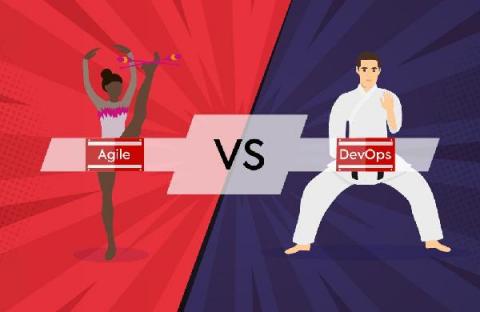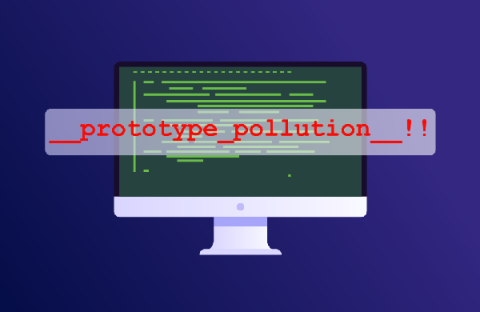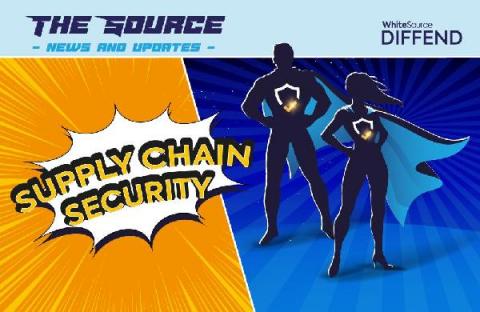Supply Chain Security Update: How Secure is Composer?
When it comes to PHP, composer is without discussion, THE package manager. It’s fast, easy to use, actively maintained and very secure — or so most thought. On April 21, 2021, a command injection vulnerability was reported, which shook the PHP community. Fortunately it didn’t have a very big impact, but it could have. The problem with the vulnerability is that it affected the very heart of the Composer supply chain: Packagist servers.


